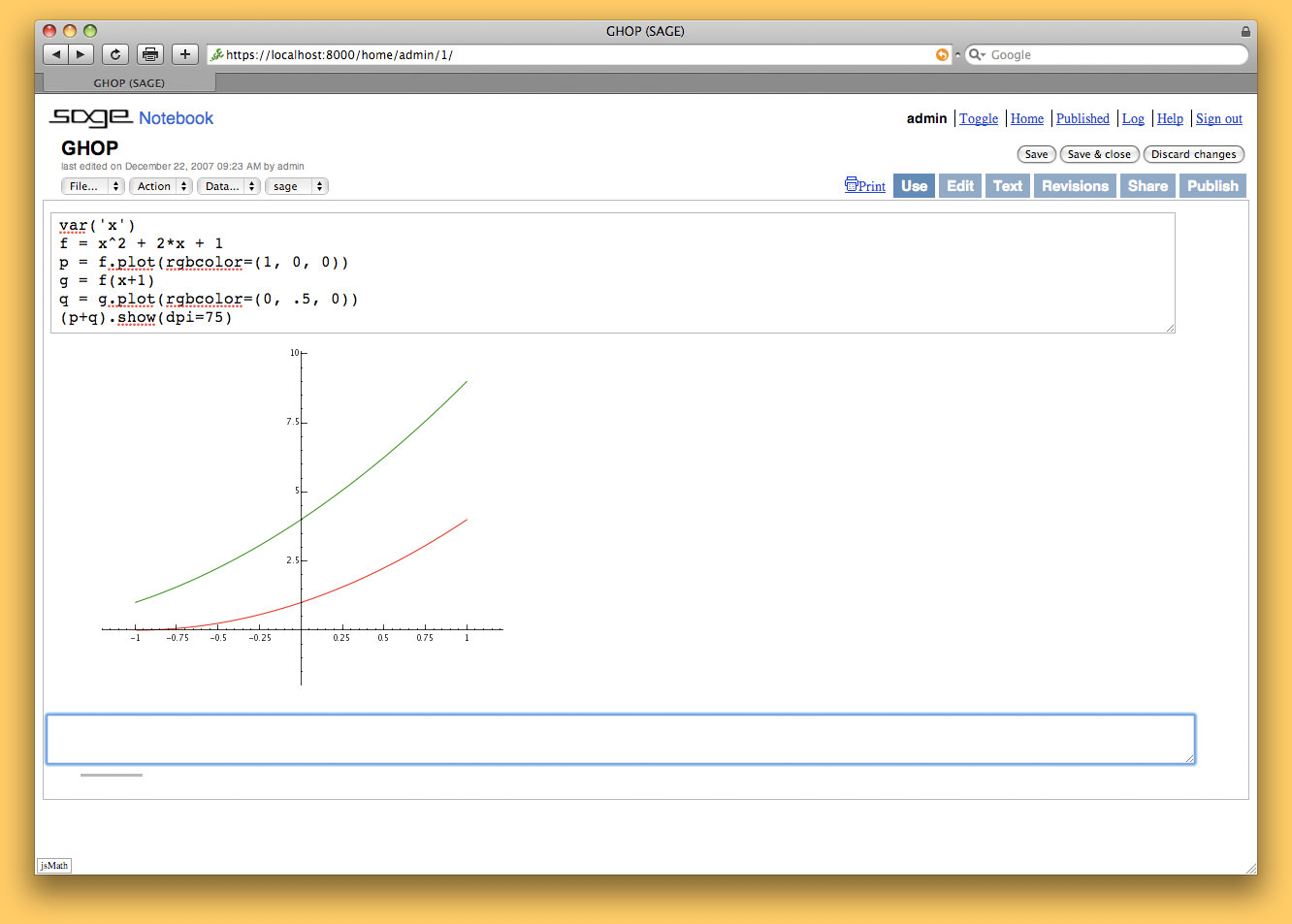Mac OSX Grapher I hope the title of this page caught your attention. If you own an apple computer (even as far back as power pcs) you are in luck because they all have a very powerful equation grapher called, Grapher as part of the OSX. The 1.2.2 version of Games Grapher for Mac is available as a free download on our website. Our antivirus analysis shows that this Mac download is virus free. The program is categorized as Lifestyle Tools. This free software for Mac OS X is a product of WAN LUTFI WAN MD HATTA.
Grapher User Guide
Use Grapher to create 2D and 3D graphs.
In the Grapher app on your Mac, choose File > New, then choose the type of graph you want to create.
Do any of the following:
Add your own equation: Click the Add button in the lower-left corner of the Grapher window, then choose New Equation to create your own equation.
Add an equation from a template: Click the Add button in the lower-left corner of the Grapher window, then choose New Equation From Template to add parametric equations, curves equations, vector field equations, or series from templates.
Edit an equation: Select an equation in the equations list, then update the equation in the edit field above the graph.
Add an element to an equation: Click the Add Elements pop-up menu to the right of the equation field, then choose Show Equation Palette. You use the Equation Palette to add standard elements (exponentiation, roots, and absolute values), operators, Greek letters, and symbols to your equations.
Delete an equation: Select the equation in the equations list, then press the Delete key.
Your graph saves automatically as you work.
| Operating system | macOS |
|---|
Advanced Grapher For Mac Os
| Part of a series on |
| macOS |
|---|
From version 10.0 to version 10.15: From version 11.0: |
|
Grapher is a computer program bundled with macOS since version 10.4 that is able to create 2D and 3Dgraphs from simple and complex equations. It includes a variety of samples ranging from differential equations to 3D-rendered Toroids and Lorenz attractors. It is also capable of dealing with functions and compositions of them. One can edit the appearance of graphs by changing line colors, adding patterns to rendered surfaces, adding comments, and changing the fonts and styles used to display them. Grapher is able to create animations of graphs by changing constants or rotating them in space.
History[edit]
Before Grapher and Mac OS X, Mac OS 9 was bundled with Pacific Tech's Graphing Calculator, a similar program to Grapher that had been included with over 20 million Macintoshes since 1994 with System 7. No versions of Mac OS X prior to Mac OS X v10.4 included a bundled graphing calculator application. On July 22, 2004, Apple bought Arizona Software's 'Curvus Pro X,' and renamed it “Graphing Calculator”, before deciding on “Grapher”. The news was publicly announced on September 15, 2004 at AppleInsider.[1]
Data Set Grapher

Version 2.0 of Grapher was bundled with Mac OS X v10.5, and version 2.1 with Mac OS X v10.6. It was notable for being one of the few applications bundled with 10.6 to ship without 64-bit support.[2] As of OS X 10.9, it became a 64-bit application.
Features[edit]
Grapher is a graphing calculator capable of creating both 2D graphs including classic (linear-linear), polar coordinates, linear-logarithmic, log-log, and polar log, as well as 3D graphs including standard system, cylindrical system, and spherical system. Grapher is a Cocoa application which takes advantage of Mac OS X APIs. It also supports multiple equations in one graph, exporting equations to LaTeX format, and comes with several pre-made equation examples. It is one of the few sophisticated graphing programs available capable of easily exporting clean vector art for use in printed documents (although exporting 3D graphs to vector is not possible). Animation of graphs is also supported in both 2D and 3D, generating a QuickTime file.
It is also possible to use the operating system's copy-and-paste feature to copy equations from the application's visual equation editor. By doing so, Grapher functions as something of an equation editor; the user may copy images, EPS, PDF or LaTeX versions of entered equations into other applications. Any equation can be entered and copied; it is not limited to plottable equations.
References[edit]

- ^Jade, Kasper (September 15, 2004). 'Apple acquires Curvus Pro X to power new Mac OS X Tiger application'. AppleInsider. Retrieved April 25, 2019.
- ^Siracusa, John (August 5, 2009). 'Mac OS X 10.6 Snow Leopard: the Ars Technica review'. Ars Technica. Retrieved September 2, 2009.
Advanced Grapher For Mac Shortcut
External links[edit]
Mac Grapher 3d
